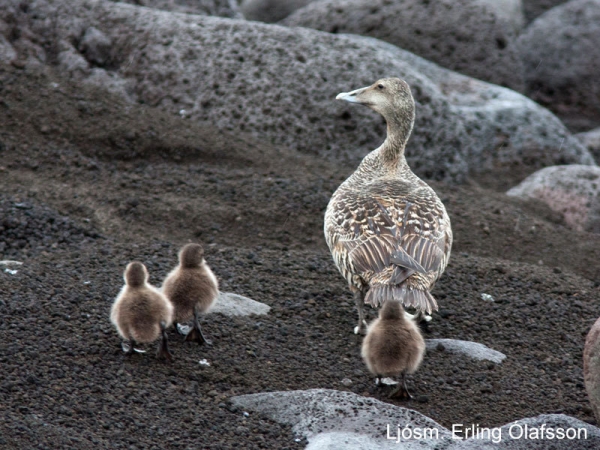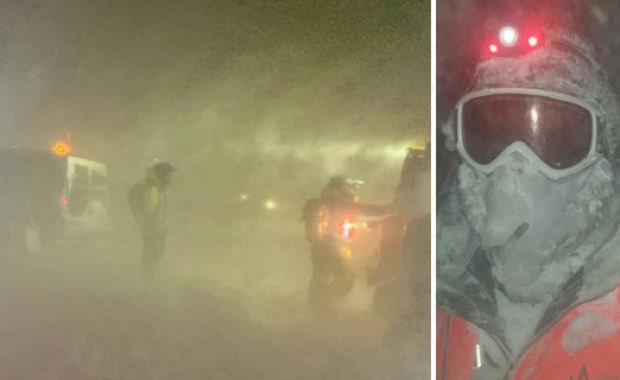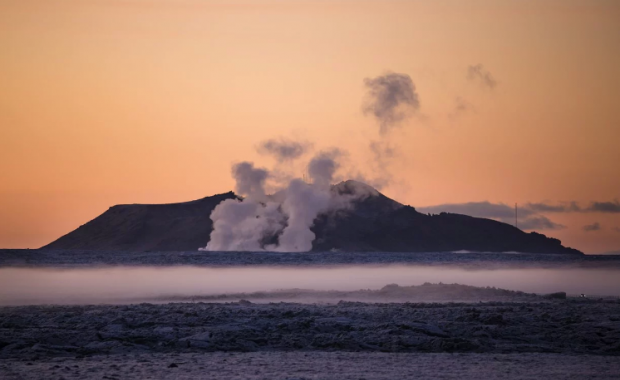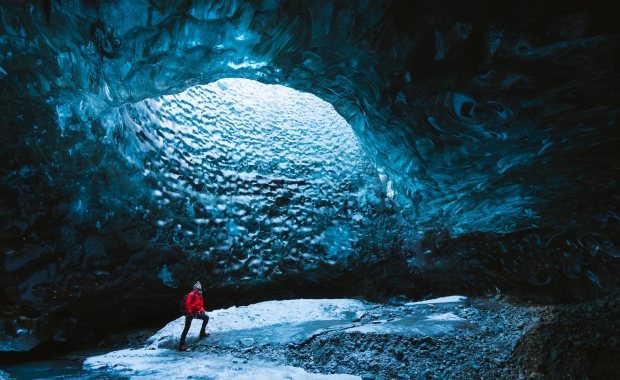The most recent trip of scientists to the volcanic island of Surtsey, on the southern coast of Iceland, shows the island to be teeming with life. The most recent trip by scientists fromt he Icelandic Institute of Natural History found that new species have colonized the island, which also shows signs of being more geologically active than previously known.
Still boiling hot
Surtsey is the youngest island around Iceland, formed in a under-sea volcanic eruption in 1963-65. The island is the southernmost island in the Westman Island archipelago, off the coast of south Iceland.
The scientists measured increased geothermal activity in the western part of the island, where the temperature was found to be as high as 99.6°C (211.3°F) only 10-20 cm (4-8 inches) beneath the surface. The temperatures are significantly higher than those found on previous occasions.
But life still flourishes!
Several types of plant, insect and animals which had not been seen previously were recorded in the trip. A total of 65 types of plants have colonized the island. The scientists were pleasantly surprised to find a eider nest with three chicks. Several other bird populations in the island had grown in size.

A unique site
Surtsey island, which has been designated a protected natural reserve, remains closed to the public. Only a small number of scientists are allowed to visit the island which is watched closely by biologists and ecologists who have used it to study bio colonisation.
Since the island was completely barren and devoid of any life when it emerged from the ocean in 1963-65 it offers a unique opportunity to study how new species of plants and animals colonise a virgin land. In 2008 Surtsey was designated a UNESCO World Heritage Site in recognition of its great scientific value.
Life finds its way to a virgin land
Over the first two decades very few plants could establish themselves in the nutrient poor soil of the island, but in the past two decades more species have been found in Surtsey. The first birds nested only three years after the eruption stopped. An important milestone was the establishment of the first seagull colony in 1984. The growth of the sea-bird population is important as the birds provide important fertilizer for plants in the form of guano.
Read more: The Westman Islands are the Pompeii of the North
The first puffins nested in Surtsey in 2004 and even ravens were seen nesting in the island in 2008. With the addition of Eider to the list of Surtsey natives the number of birds seen nesting in the island has risen to 16.
The most recent trip of scientists to the volcanic island of Surtsey, on the southern coast of Iceland, shows the island to be teeming with life. The most recent trip by scientists fromt he Icelandic Institute of Natural History found that new species have colonized the island, which also shows signs of being more geologically active than previously known.
Still boiling hot
Surtsey is the youngest island around Iceland, formed in a under-sea volcanic eruption in 1963-65. The island is the southernmost island in the Westman Island archipelago, off the coast of south Iceland.
The scientists measured increased geothermal activity in the western part of the island, where the temperature was found to be as high as 99.6°C (211.3°F) only 10-20 cm (4-8 inches) beneath the surface. The temperatures are significantly higher than those found on previous occasions.
But life still flourishes!
Several types of plant, insect and animals which had not been seen previously were recorded in the trip. A total of 65 types of plants have colonized the island. The scientists were pleasantly surprised to find a eider nest with three chicks. Several other bird populations in the island had grown in size.

A unique site
Surtsey island, which has been designated a protected natural reserve, remains closed to the public. Only a small number of scientists are allowed to visit the island which is watched closely by biologists and ecologists who have used it to study bio colonisation.
Since the island was completely barren and devoid of any life when it emerged from the ocean in 1963-65 it offers a unique opportunity to study how new species of plants and animals colonise a virgin land. In 2008 Surtsey was designated a UNESCO World Heritage Site in recognition of its great scientific value.
Life finds its way to a virgin land
Over the first two decades very few plants could establish themselves in the nutrient poor soil of the island, but in the past two decades more species have been found in Surtsey. The first birds nested only three years after the eruption stopped. An important milestone was the establishment of the first seagull colony in 1984. The growth of the sea-bird population is important as the birds provide important fertilizer for plants in the form of guano.
Read more: The Westman Islands are the Pompeii of the North
The first puffins nested in Surtsey in 2004 and even ravens were seen nesting in the island in 2008. With the addition of Eider to the list of Surtsey natives the number of birds seen nesting in the island has risen to 16.







